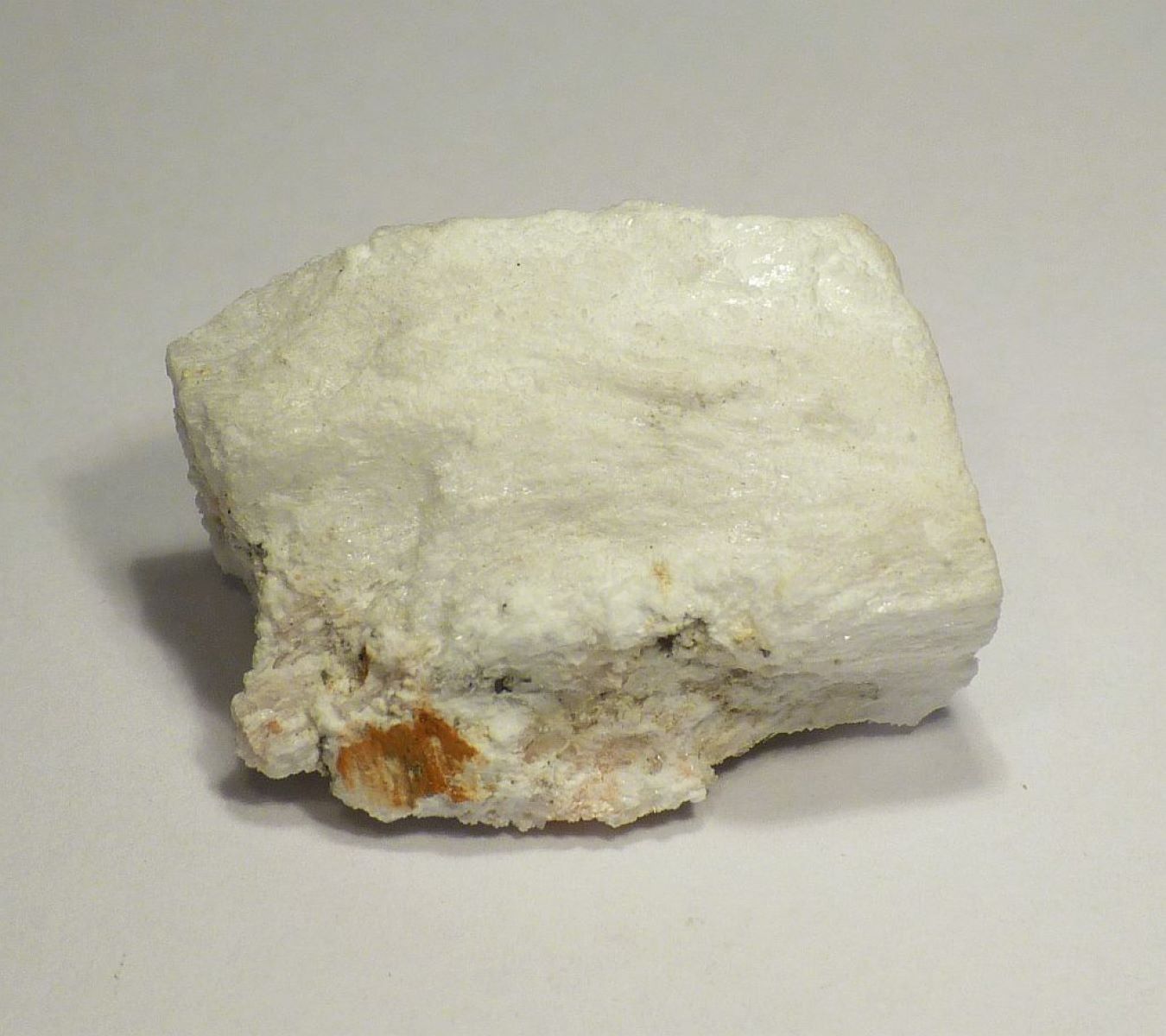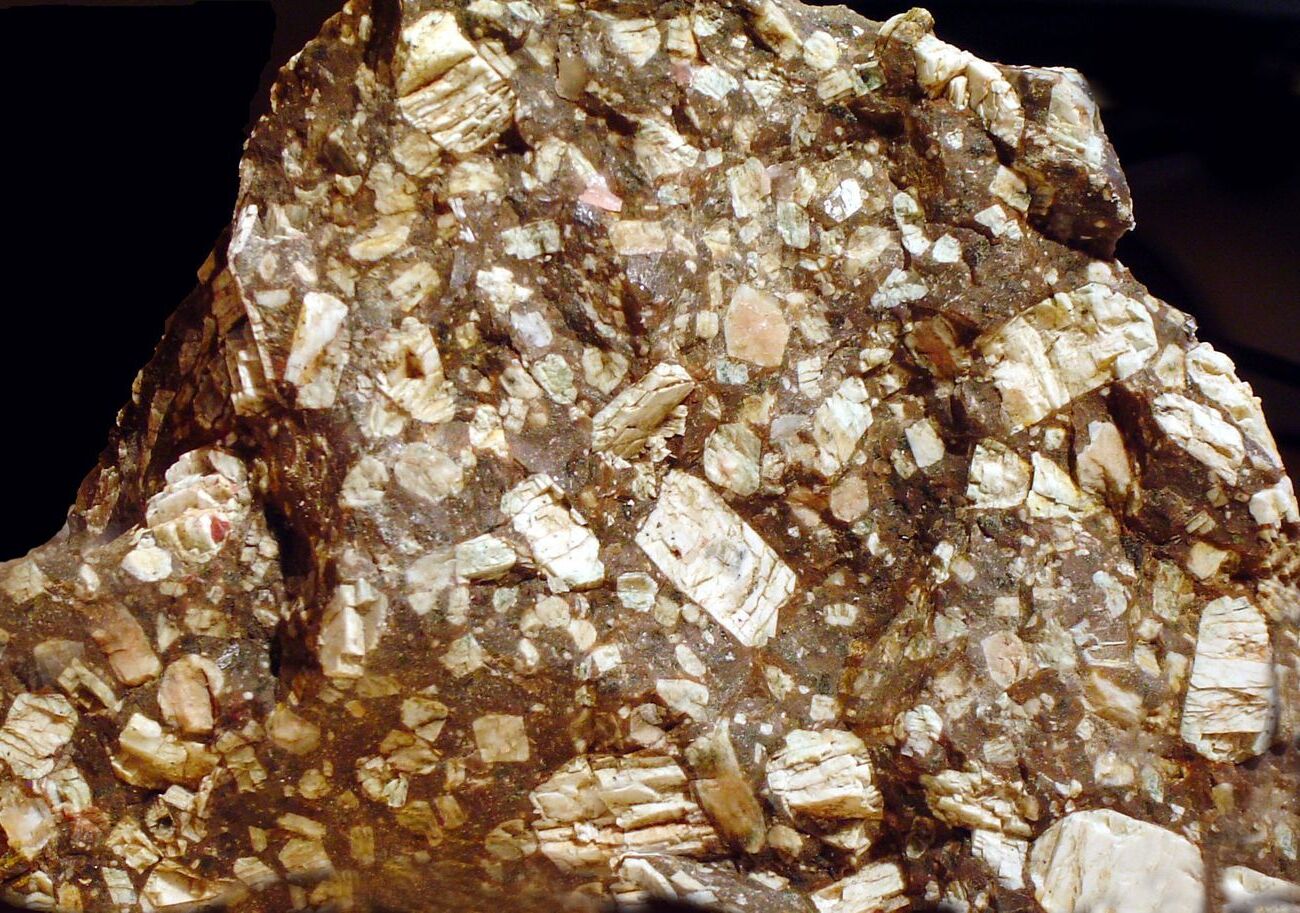
What makes Ameghinite so special? Ameghinite is a rare mineral that captures the curiosity of geologists and mineral enthusiasts alike. Found primarily in the Tincalayu Mine in Argentina, this mineral boasts a unique chemical formula: NaB3O3(OH)4. Its monoclinic crystal system and perfect cleavage make it a fascinating subject for study. With a Mohs hardness of just 2 to 3, it's relatively soft, easily scratched by a copper penny or even a fingernail. Named after the Argentine geologist brothers Carlos and Florentino Ameghino, Ameghinite offers valuable insights into borate-rich environments and geological processes. Whether you're a student, researcher, or collector, Ameghinite provides a window into the intricate world of borate minerals.
Key Takeaways:
- Ameghinite is a rare mineral with a unique chemical composition and crystal structure, making it valuable for scientific research and educational purposes in geology and mineralogy.
- Its softness and limited occurrence make ameghinite a fascinating mineral for study, offering insights into borate-rich environments, geological formations, and potential applications in industry.
What is Ameghinite?
Ameghinite is a fascinating mineral with unique properties and a specific geological setting. Let's dive into some intriguing facts about this mineral.
-
Chemical Formula and Composition: Ameghinite has the chemical formula NaB3O3(OH)4. This means it contains sodium, boron, oxygen, and hydrogen, placing it in the borate mineral group.
-
Crystal System and Structure: It crystallizes in a monoclinic crystal system. This structure is characterized by a monoclinic lattice, one of the seven crystal systems, with a prismatic crystal class and a space group of C2/c.
-
Mohs Hardness: Ameghinite is relatively soft, with a Mohs hardness of 2 to 3. This makes it easy to scratch with a copper penny or even a fingernail.
Discovery and Naming
The history of ameghinite's discovery and its naming is quite interesting.
-
Discovery and Naming: First described in 1967 from the Tincalayu Mine in Argentina, it was named after Argentine geologist brothers Carlos and Florentino Ameghino.
-
Geological Setting: The type material of ameghinite was found in massive borax within a borate-rich playa, a dry lake bed that accumulates minerals and salts through evaporation.
-
Occurrence: Primarily found in the Tincalayu Mine, its occurrence is limited to this region, making it a rare mineral.
Physical Properties
Ameghinite's physical properties make it unique among minerals.
-
Color: Typically appears white or colorless.
-
Luster: Has a vitreous (glassy) luster.
-
Streak: The streak of ameghinite is white.
-
Diaphaneity: It is transparent to translucent.
-
Cleavage: Exhibits perfect cleavage in one direction, typical for monoclinic crystal systems.
-
Density: Estimated density is around 1.8 g/cm³, typical for borate minerals.
Reactivity and Uses
Understanding ameghinite's reactivity and uses can provide insights into its applications.
-
Reactivity: As a borate mineral, it can react with acids to release borate ions, important in various chemical reactions.
-
Uses in Industry: Due to its softness and rarity, it is not widely used in industrial applications but is interesting for research in borate chemistry and geology.
Educational and Scientific Value
Ameghinite holds significant value in education and scientific research.
-
Educational Value: Serves as an excellent teaching tool for geology and mineralogy students, illustrating borate-rich environments and monoclinic crystal structures.
-
Scientific Research: Studying ameghinite contributes to understanding borate minerals and their geological settings, providing insights into borate deposits and boron compounds.
Classification and Symbol
Ameghinite's classification and symbols are essential for its identification.
-
Mineralogical Classification: Belongs to the nesoborate class within the borate mineral group.
-
IMA Symbol: The International Mineralogical Association (IMA) symbol for ameghinite is Agh.
-
Strunz Classification: Classified under 6.CA.10 in the Strunz system, categorizing it as a nesoborate mineral.
-
Crystal Class: The crystal class is prismatic (2/m), indicating its monoclinic system.
-
Space Group: The space group is C2/c, specifying its monoclinic crystal structure.
Formation and Environmental Significance
Exploring how ameghinite forms and its environmental significance.
-
Formation Processes: Forms in borate-rich environments like playas where borax deposits accumulate through evaporation.
-
Environmental Significance: Borate minerals like ameghinite influence soil chemistry and nutrient availability for plants, though detailed studies are limited.
Health, Safety, and Collection
Important considerations for handling and collecting ameghinite.
-
Health and Safety: As a soft mineral, it poses minimal health risks, but proper safety precautions are necessary to avoid injury from sharp edges or dust inhalation.
-
Collection and Display: Not commonly collected due to rarity and softness, but valuable for those interested in borate minerals.
Research and Future Directions
Potential research opportunities and future directions for studying ameghinite.
-
Synthetic Production: No known synthetic production exists; it forms naturally with specific geological and chemical characteristics.
-
Analytical Techniques: Analyzing ameghinite involves X-ray diffraction (XRD) for crystal structure and chemical composition, infrared spectroscopy (IR), and energy-dispersive spectroscopy (EDS).
-
Historical Significance: The 1967 discovery marked an important milestone in mineralogy, adding to the diverse family of borate minerals and honoring the Ameghino brothers' contributions to Argentine geology.
-
Cultural Impact: No direct cultural impact, but its unique properties and formation make it interesting for scientific and educational purposes.
-
Future Directions: Future studies could focus on its reactivity, potential applications, and environmental significance, providing valuable insights into borate-rich environments' geological history.
Ameghinite: A Rare Gem in Mineralogy
Ameghinite, with its unique chemical formula NaB3O3(OH)4, stands out in the world of minerals. Discovered in Argentina's Tincalayu Mine, this borate mineral boasts a monoclinic crystal system and a Mohs hardness of 2 to 3. Its white or colorless appearance, vitreous luster, and perfect cleavage make it a fascinating subject for geologists and mineral enthusiasts alike. Though not widely used in industry due to its rarity and softness, ameghinite holds significant educational and scientific value. It helps us understand borate-rich environments and the formation processes of borate minerals. While it may not have a direct cultural impact, its discovery and study honor the contributions of the Ameghino brothers to Argentine geology. Future research could uncover more about its reactivity, potential applications, and environmental significance, making ameghinite a mineral worth keeping an eye on.
Frequently Asked Questions
Was this page helpful?
Our commitment to delivering trustworthy and engaging content is at the heart of what we do. Each fact on our site is contributed by real users like you, bringing a wealth of diverse insights and information. To ensure the highest standards of accuracy and reliability, our dedicated editors meticulously review each submission. This process guarantees that the facts we share are not only fascinating but also credible. Trust in our commitment to quality and authenticity as you explore and learn with us.


